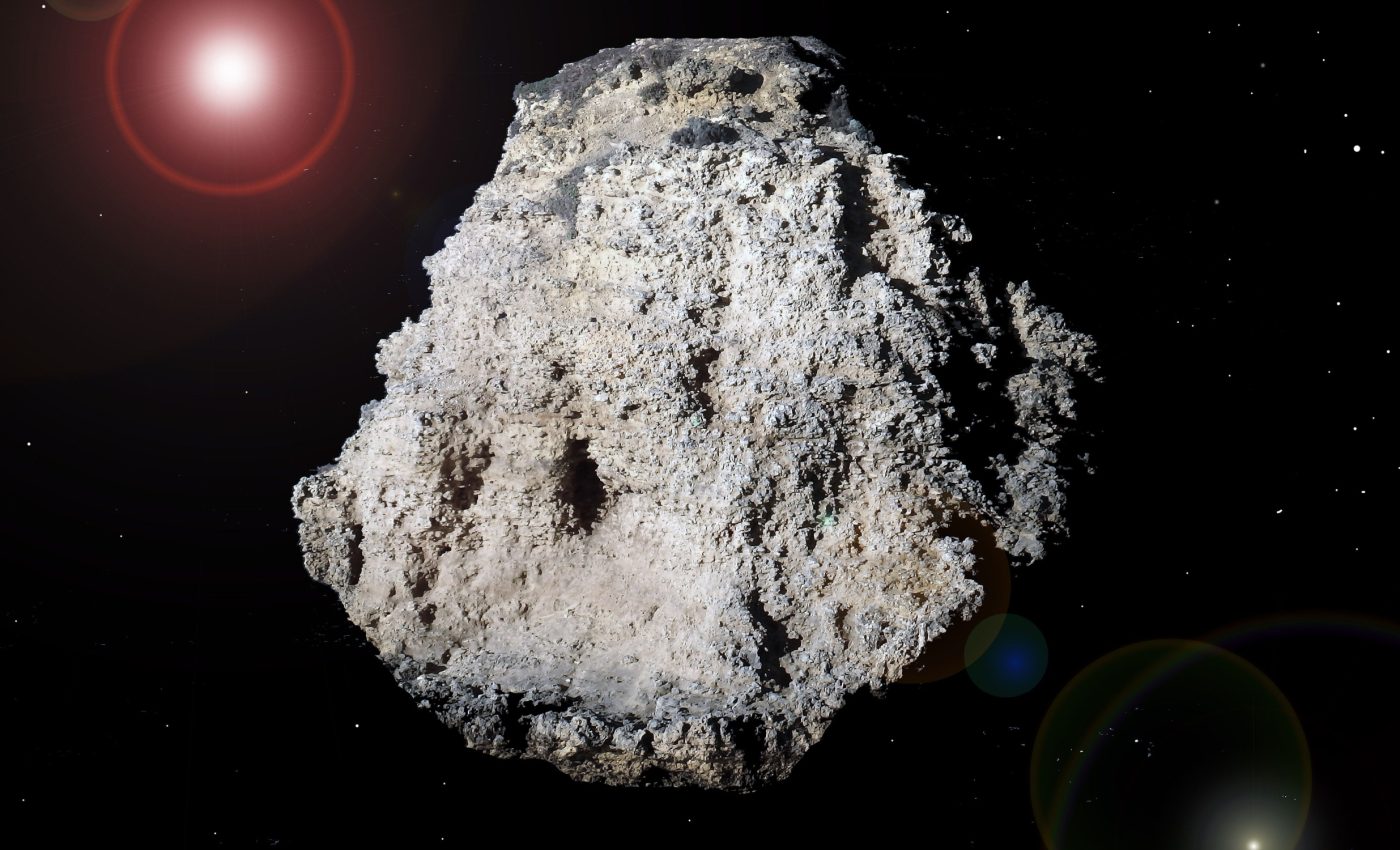
New DART spacecraft images reveal more about near-Earth binary asteroids
Binary asteroids hold a wealth of secrets about the cosmos, and studying these celestial wanderers has always fascinated scientists and explorers alike.
One such daring mission, NASA’s Double Asteroid Redirection Test (DART), sought to uncover these mysteries by crashing a spacecraft into the asteroid moonlet Dimorphos in 2022.
This smashingly successful experiment revealed crucial insights into the origins and characteristics of the binary asteroid system, offering a glimpse into the effectiveness of using such techniques to alter an asteroid’s trajectory.
Mysteries of binary asteroids
In a series of recently unveiled academic discussions, researchers thoroughly examined the details of this binary system, consisting of Dimorphos and its parent asteroid, Didymos.
These discussions aim to unravel the complexities of their formation, evolution, and physical properties.
“These findings give us new insights into the ways that asteroids can change over time. This is just part of the wealth of new knowledge we’ve gained from DART,” notes Thomas Statler, the lead scientist for Small Bodies in our Solar System at NASA Headquarters in Washington.
Studying asteroids is important not just for understanding the near-Earth objects that are the focus of planetary defense, but also for our ability to read the history of our Solar System from these remnants of planet formation.
Geological contrasts of Didymos and Dimorphos
A group of researchers from Johns Hopkins Applied Physics Laboratory (APL) explored the topography of both asteroids.
The smaller Dimorphos with its variant boulder sizes stood in stark contrast to its smooth-surfaced parent, Didymos. The latter, however, became rockier and featured more craters at higher altitudes.

Credit: Johns Hopkins APL/Olivier Barnouin
Dimorphos’ appearance suggests it separated from Didymos during a large mass shedding event.
As researchers pointed out, naturally occurring processes can quicken the rotations of small asteroids, which may result in these celestial bodies reshaping or even detaching material from their surfaces.
Ghosts of asteroids past
The weaker surface characteristics of both Didymos and Dimorphos were further indications of their intriguing histories.
Strong indication suggests that Didymos predates Dimorphos by a considerable margin, with estimations of their ages being 12.5 million years and less than 300,000 years, respectively.
This lower surface strength of Dimorphos likely played a significant role in the DART spacecraft’s remarkable effect on its orbit.
“The images and data that DART collected at the Didymos system provided a unique opportunity for a close-up geological look of a near-Earth asteroid binary system,” stated Olivier Barnouin, one of the lead researchers.
Characteristics of binary asteroids
The quest for knowledge continued, with researchers from the National Institute for Astrophysics (INAF) leading a paper comparing various physical features and distribution patterns on both asteroids.
The team pointed out that Dimorphos’ characteristics suggest it formed in stages, likely from its parent asteroid Didymos’ material.
Similarly, Alice Lucchetti and her team from INAF discovered that thermal fatigue could rapidly deteriorate boulders on Dimorphos’ surface, altering its physical features faster than previously assumed.
Further research led by students from ISAE-SUPAERO determined Didymos’ bearing capacity to be significantly lower than that of dry sand on Earth or lunar soil.
Another group from the same institute highlighted similarities between Dimorphos’ surface boulders and those found on other rubble pile asteroids, such as Itokawa, Ryugu, and Bennu.
Future asteroid missions
The latest studies give us an engaging look into the origins of the Didymos system, revealing the fascinating processes that have shaped these celestial bodies over time.
By uncovering the formation and evolution of the Didymos system, researchers have significantly advanced our understanding of how such binary asteroid systems develop and interact within our solar system.
As we look forward to exciting future explorations, like ESA’s Hera mission returning to the DART collision site in 2026, we’re laying the groundwork for amazing discoveries.
This research is crucial for understanding near-Earth objects and improving our planetary defense strategies.
The institutions that managed and provided support to the success of the DART mission include NASA’s Planetary Defense Coordination Office, Jet Propulsion Laboratory, Goddard Space Flight Center, Johnson Space Center, Glenn Research Center, and Langley Research Center.
All working together, they have unveiled a new dawn in the exploration of the cosmos.
—–
Like what you read? Subscribe to our newsletter for engaging articles, exclusive content, and the latest updates.
Check us out on EarthSnap, a free app brought to you by Eric Ralls and Earth.com.
—–













